A life in Norway

Watch the film
Life with young children
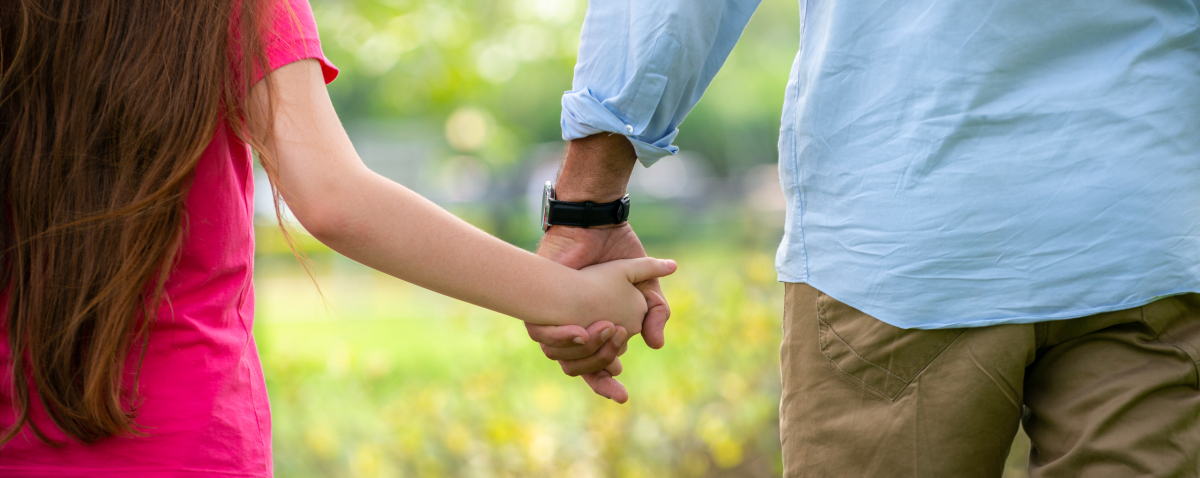
- What similarities and differences are there between the life of someone in your home country and the life of a Norwegian in Norway?
- How will your life be affected by the fact that you live in Norway? What will probably change?
People in Norway naturally live different kinds of lives. No two people are the same. However, we can say something about how many people in Norway live.
- Every year, slightly more than fifty thousand children are born in Norway, and each woman gives birth to an average of 1.4 children (2023).
- Norwegian women are 30 years old on average when they have their first child.
- It is not common for boys to be circumcised in Norway. However, the circumcision of girls is strictly prohibited. The sentence for performing such an intervention, or contributing thereto, is imprisonment for a term of up to 15 years. It can also lead to expulsion from Norway.
- Parents who are both in paid employment are entitled to a total of 61 weeks’ parental benefit in connection with the birth of a child (1 July 2024). You can find information about parental benefit on the Norwegian Labour and Welfare Administration (NAV) website.
Kindergarten, cash-for-care benefit scheme and child benefit
Parents pay a user charge for their children to go to kindergarten. Parents can receive cash-for-care benefits for children between the ages of 13 and 19 months who have not been allocated a full-time place in a kindergarten. Parents also receive child benefit for all children until they turn 18 years old.
Online
Talk together

- Why do many children in Norway go to kindergarten?
- Discuss kindergarten and language development.
- Why do families with young children receive the cash-for care benefit and child benefit?

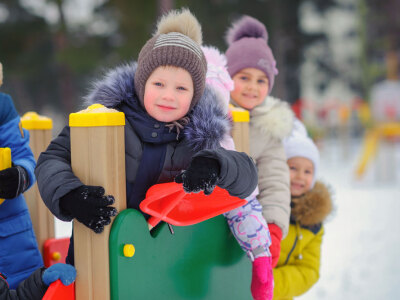
School age and adolescence

In Norway, children go to primary school from grade 1 to 7 and lower secondary school from grade 8 to 10. More than 70 per cent of children in grades 1 to 4 go to day care facilities (SFO) for schoolchildren before and after school (2023/2024). These day care facilities are voluntary. School is free, but parents generally pay for their children to attend day care facilities.
Many children in Norway participate in one or more organised leisure activities. Many of the activities are run by the parents on a voluntary basis. The parents are not paid for this.
Almost all adolescents go to upper secondary school when they have finished lower secondary school. Around half of them choose a general studies programme, while the other half choose a vocational programme. Almost 80 per cent of the students at upper secondary school complete their education.
The age of majority in Norway is 18 years. People are then entitled to decide for themselves. People who have passed the age of majority can vote and take a driving test. Most young people leave home to go to a university or university college, or to work, when they are around twenty. The large majority of those who study take out a student loan and work alongside their studies. Many have a student loan of more than NOK 300,000 by the time they complete their studies.
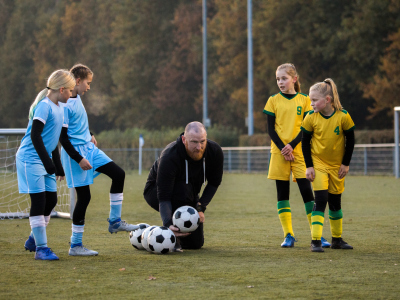
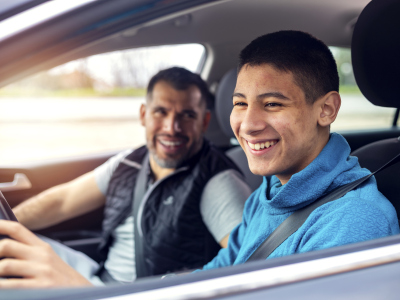
Talk together

- What are the benefits of day care facilities?
- Which organised leisure activities would you and your family like to do in Norway?
- What does being of the age of majority mean?
- Do you know what the age of majority is in other countries you know of?
- What do you think of the student loan system?
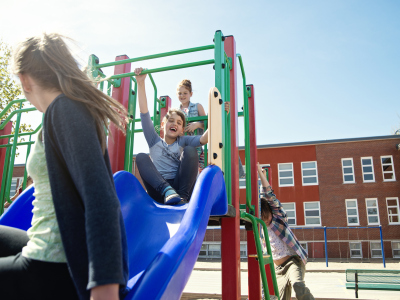
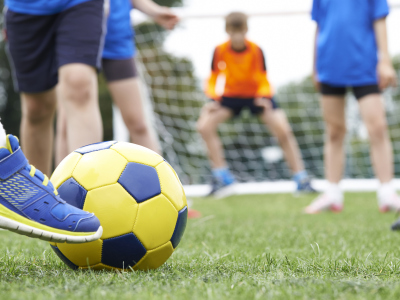
Adult life and retirement
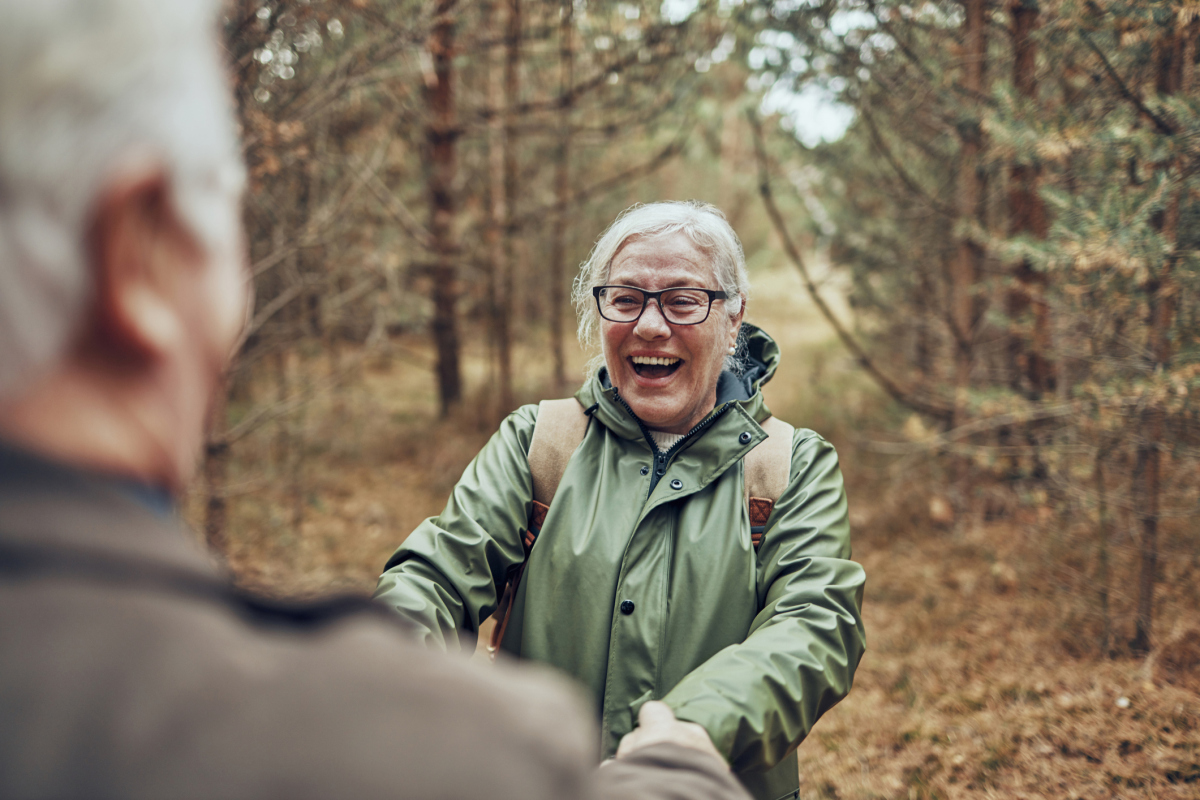
The average age people get married for the first time in Norway is between thirty and forty for both men and women. Most people have lived together for a while before they get married.
It is common for both men and women to work outside the home and for women and men to share housework chores. However, women spend significantly more time each week on housework than men do. It is common to borrow money from the bank to buy a home and a car. On average, an ordinary family with children has a mortgage of more than NOK 2 million.
The age of retirement in Norway is 67 for both men and women. Many people have the option of retiring on a pension before this age, while others decide to work until they are 70. Pension is the money you are paid when you retire. The wage you earned while you worked determines how much pension you get. People who have not been in paid employment, such as housewives, also receive a pension at the age of 67.

Many older people in Norway lead active lives. They are involved in different organisations, and spend a lot of time with family and friends. Older people often have quite good finances. Many of them have paid off their debts and do not have to provide for their children.
Most old-age pensioners manage in their own homes without help from their local authority. A small proportion of old-age pensioners receive healthcare services in their home and/or help in connection with their daily activities.
Most people who die in Norway are still buried in a cemetery, but a growing proportion are cremated. Some cemeteries have dedicated areas for different religions. If the person who dies has a spouse and children, they inherit what the person in question owned. Women and men have the same inheritance rights. Inheritance is subject to set rules. It is also possible to write a will for part of the inheritance.

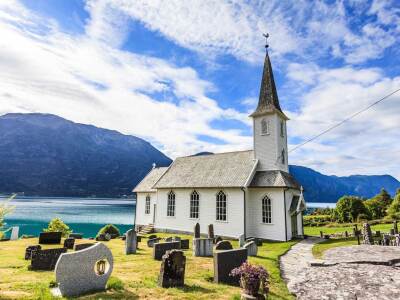
Talk together

- Discuss the link between pay and pension.
- What is being a pensioner like in Norway compared with other countries you know of?
- What do you think about some cemeteries having dedicated areas for different religions?
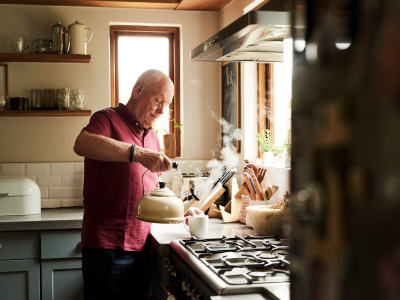

Select the right answer
How many children are born in Norway each year?
Select the right answer
How old are Norwegian women on average when they have their first child?
Select the right answer
What is the age of retirement in Norway?
Select the right answers
Select right or wrong
Read the statements. What is right? What is wrong?
Click on the image
Click on the right person in the image. What is the age of majority in Norway?
